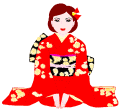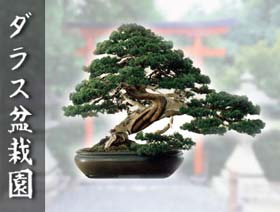|
|
|
.gif) |
|
|
|
|
|
|
|
The
exposure to bright light improves the autumn
colour. Anyway shade the tree in high summer, to
avoid burnings to the leaves. In winter, shelter
it from very cold temperature (-10 C and over).
|
|
|
|
|
|
|
|
Everyday,
in the vegetative season. Do not water the
leaves in sunlight, to avoid burning due to
glass effect. In winter water it less
frequently, but do not let the soil get dry.
|
|
|
|
|
|
|
|
Start
fertilizing as soon as the buds open. Once a
week, during the first month, then every two
weeks up to late summer, setting aside the
summer months.
|
|
|
|
|
|
|
|
In
alternate years, for the first 10 years, then
according to the needs: when the roots
completely fill the pot. Use universal mould.
|
|
|
|
|
|
|
In
spring, shorten the new growth to 2-3 leaf
buds. Remove the biggest leaves during the whole
vegetative season. Keep the internodes closer,
removing drastically the longest ones. The
complete trimming by mid-summer gives smaller
leaves and a brighter autumn colour. The best
moment to wire is just after the trimming.
|
|
|
|
|
|
|
|
By
seeds in winter. By semi-wood cuttings in
summer. By layers in spring or summer.
|
|
|
|

Suitable
for all sizes and all styles, apart from Literati.
|
|
|





